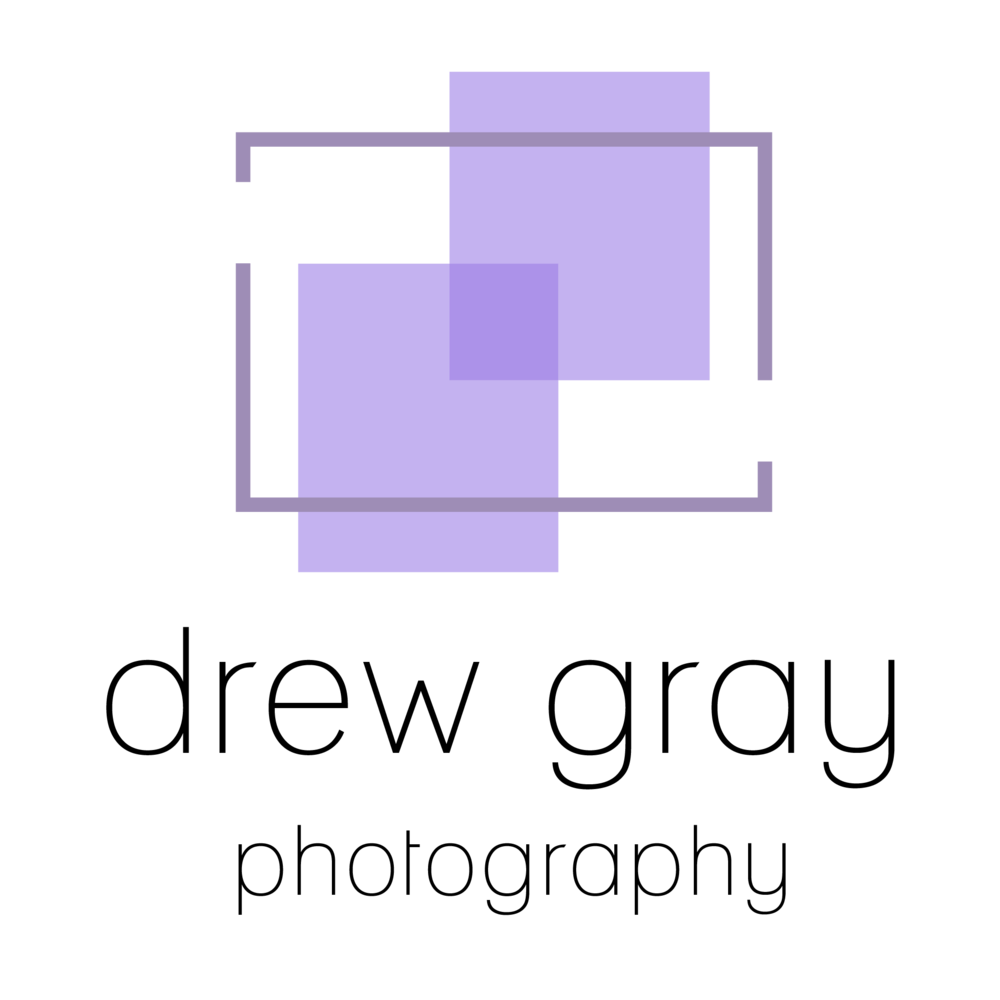This week I want to give you guys a quick glance at what goes into retouching an exterior shot. Watch the video below to see how cloning, color correction, luminosity masking, and finally distortion correction can transform an exterior shot!
There are many ways to go about blending images for the best results and the path I take generally depends on the specific lighting in a shot.
More often than not I'm blending multiple bracketed images into a 32 bit TIFF (or super RAW file so to speak) using Photoshop's "Merge to HDR Pro" function. First I correct the white balance and chromatic aberration in the bracketed images using Lightroom and then select them all, right click, and under Edit click "Merge to HDR Pro in Photoshop". This will start Photoshop and once merged show you the HDR dialog options. Near the top you'll want to switch from 16 Bit to 32 Bit mode and de-select "Complete Toning in Adobe Camera Raw". Press okay and it will open the 32 Bit image in Photoshop and all you have to do is save it back to Lightroom preserving its 32 Bit nature. After it's moved back to Lightroom, I process it as I would any other RAW file, minus the fact that there is 10x more information to recover in this super raw file, so to speak. Notice that the highlights and shadows sliders are basically on steroids. This technique is not only incredibly powerful but built into Photoshop/Lightroom (no additional cost) and much more natural than traditional tone mapping. Everyone has their own style, but for me this has worked wonders.
Other times, and sometimes in conjunction with the previous method, I'll use luminosity masking as a stencil so to speak and manually mask images of different exposures together. This is basically using the knowledge that Photoshop has on the image and having it select regions of bright to dark for you that help you accurately select areas for masking. This selection, as opposed to a hard edge that the pen tool may give you, will be a natural gradient that matches your image. With that said, luminosity masks use channels and can sometimes be a rather confusing process. This scares many people away but once you get a good photoshop action that will create all the masks for you it is quite simple to use.
Hope this video gives you a good starting point on making similar edits!
For more information I suggest looking up Jimmy McIntyre at www.throughstrangelenses.com and also Greg Benz at www.gregbenzphotography.com both of whom are strong advocates for luminosity masking. With that said, they've both also created custom panels for photoshop that help you create, edit, and delete luminosity masks.
For more information on Lens VS. Perspective distortion you'll want to visit my Distortion 101 post. I generally use PT Lens for lens distortion and DxO Viewpoint II for perspective issues.

